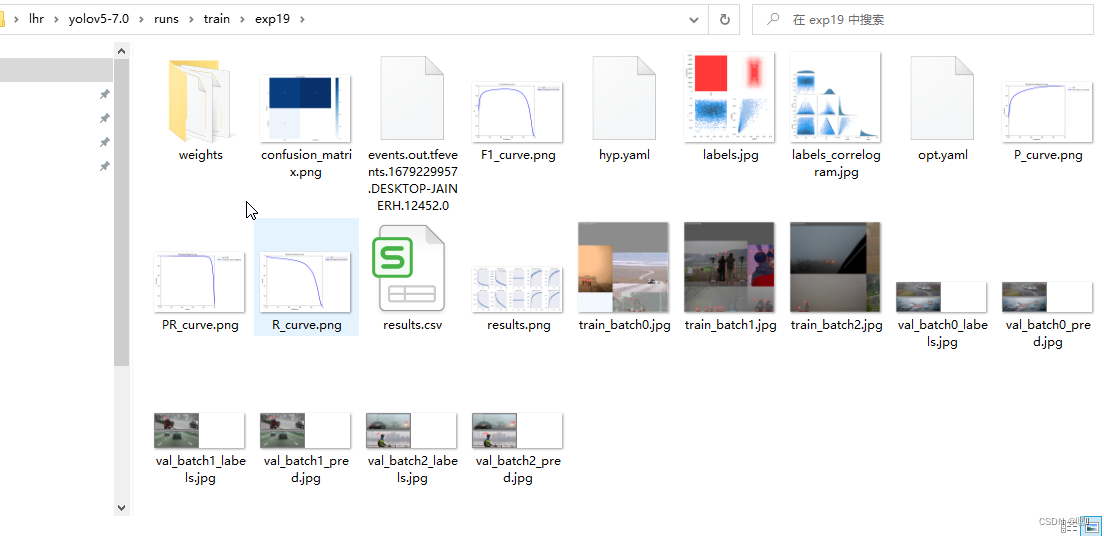YOLOv5图像跟踪原理深度剖析:算法架构、损失函数、训练策略,全面解读
发布时间: 2024-08-18 17:01:06 阅读量: 22 订阅数: 30 


# 1. 图像跟踪概述
### 1.1 图像跟踪概念和应用
图像跟踪是一种计算机视觉技术,它涉及在连续的图像序列中定位和跟踪对象。其应用广泛,包括:
* 视频监控
* 运动分析
* 自动驾驶
### 1.2 YOLOv5在图像跟踪中的优势
YOLOv5是一种先进的物体检测算法,它因其速度和准确性而闻名。在图像跟踪中,YOLOv5提供了以下优势:
* **实时处理:**YOLOv5可以实时处理图像,使其适用于需要快速响应的应用。
* **高精度:**YOLOv5具有很高的目标检测精度,确保可靠的跟踪性能。
* **可扩展性:**YOLOv5是一个可扩展的框架,可以根据特定应用进行定制和调整。
# 2. YOLOv5算法架构
### 2.1 YOLOv5网络结构
YOLOv5采用了一种称为Cross Stage Partial Connections (CSP)的网络结构,该结构有助于提高模型的效率和准确性。CSP结构将网络划分为多个阶段,每个阶段都包含一个卷积层和一个残差连接。卷积层负责提取特征,而残差连接则允许梯度在网络中更有效地流动。
```python
import torch
import torch.nn as nn
class CSPStage(nn.Module):
def __init__(self, in_channels, out_channels, n=1):
super().__init__()
self.conv1 = nn.Conv2d(in_channels, out_channels, 1, stride=1, padding=0)
self.conv2 = nn.Conv2d(out_channels, out_channels, 3, stride=1, padding=1)
self.conv3 = nn.Conv2d(out_channels, out_channels, 1, stride=1, padding=0)
self.residual = nn.Sequential()
for i in range(n):
self.residual.add_module(f'residual_block_{i}', nn.Conv2d(out_channels, out_channels, 3, stride=1, padding=1))
def forward(self, x):
x1 = self.conv1(x)
x2 = self.conv2(x1)
x3 = self.conv3(x2)
return x3 + self.residual(x2)
```
### 2.2 特征提取和目标检测
YOLOv5使用一个主干网络来提取图像的特征。主干网络通常是一个预训练的分类网络,例如ResNet或DarkNet。提取的特征然后被输入到一个检测头,该检测头负责预测目标的边界框和类别。
```python
class YOLOv5(nn.Module):
def __init__(self, backbone, num_classes):
super().__init__()
self.backbone = backbone
self.detection_head = nn.Sequential(
nn.Conv2d(in_channels=backbone.out_channels, out_channels=256, kernel_size=3, stride=1, padding=1),
nn.BatchNorm2d(256),
nn.ReLU(),
nn.Conv2d(in_channels=256, out_channels=num_classes, kernel_size=1, stride=1, padding=0)
)
def forward(self, x):
features = self.backbone(x)
detections = self.detection_head(features)
return detections
```
### 2.3 跟踪机制
YOLOv5使用一种称为深度排序(DeepSORT)的跟踪机制来关联不同帧中的目标。DeepSORT使用卡尔曼滤波器来预测目标的位置,并使用余弦相似性来匹配不同帧中的目标。
```python
import numpy as np
from scipy.spatial.distance import cosine
class DeepSORT(object):
def __init__(self):
self.kalman_filters = []
self.track_ids = []
def update(self, detections):
# Predict the state of each track
for track in self.kalman_filters:
track.predict()
# Update the state of each track using the detections
for detection in detections:
# Find the track with the smallest cosine similarity to the detection
min_similarity = np.inf
min_track_id = -1
for track in self.kalman_filters:
similarity = cosine(detection.descriptor, track.descriptor)
if similarity < min_similarity:
min_similarity = similarity
min_track_id = track.track_id
# If the cosine similarity is less than a threshold, update the track
if min_similarity < 0.5:
track.update(detection)
# Otherwise, create a new track
else:
new_track = KalmanFilter()
new_track.update(detection)
self.kalman_filters.append(new_track)
self.track_ids.append(new_track.track_id)
def get_tracks(self):
return [track.get_state() for track in self.kalman_filters]
```
# 3. YOLOv5损失函数
#### 3.1 损失函数的组成
YOLOv5的损失函数由三个部分组成:
* 位置损失(localization loss)
* 置信度损失(confidence loss)
* 分类损失(classification loss)
这三个损失函数共同作用,指导模型学习如何预测目标的位置、置信度和类别。
#### 3.2 位置损失和置信度损失
位置损失用于惩罚预测的边界框与真实边界框之间的距离。它使用均方误差(MSE)来计算每个边界框的中心点和宽高的误差。
```python
def l
```
0
0





